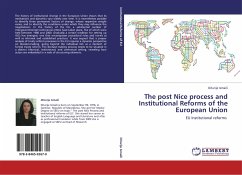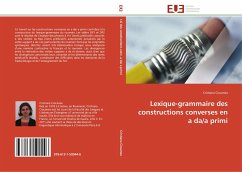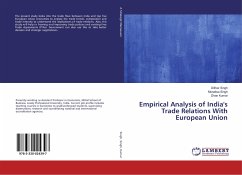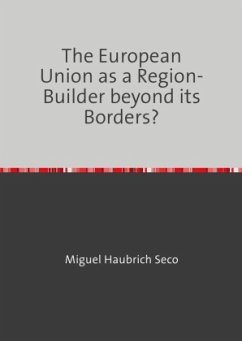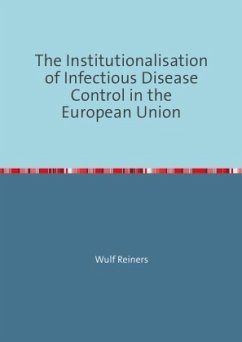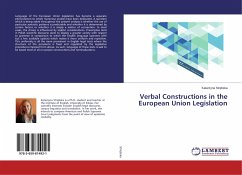
Verbal Constructions in the European Union Legislation
Versandkostenfrei!
Versandfertig in 6-10 Tagen
33,99 €
inkl. MwSt.

PAYBACK Punkte
17 °P sammeln!
Language of the European Union legislation has become a separate phenomenon to which numerous studies have been dedicated. A question which is being asked throughout the present analysis is whether the use of particular syntactic patterns is predictable and whether it is determined by certain factors or whether it is simply a matter of convention. In most cases, the choice is influenced by stylistic considerations. Prescriptive texts in Polish scientific discourse seem to display a greater variety with respect to grammar in comparison to which the English language operates with but a few avail...
Language of the European Union legislation has become a separate phenomenon to which numerous studies have been dedicated. A question which is being asked throughout the present analysis is whether the use of particular syntactic patterns is predictable and whether it is determined by certain factors or whether it is simply a matter of convention. In most cases, the choice is influenced by stylistic considerations. Prescriptive texts in Polish scientific discourse seem to display a greater variety with respect to grammar in comparison to which the English language operates with but a few available options which makes it more uniform and repetitive. This uniformity is all the more prominent in English legal texts where the structure of the provisions is fixed and regulated by the legislative procedures imposed from above. As such, language of these texts is said to be based most of all on passive constructions and nominalizations.




